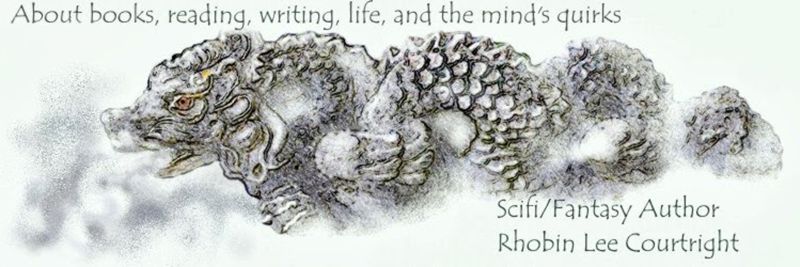Here it is the last week of 2016. Certainly, most everyone remembers the big events of this now passing year: the wonderful get-togethers, parties, and personal achievements, the election campaign. Many have sent images and messages to Facebook, Instagram, Tumblr, Twitter, or other social sites about those. Then there are the terrible and horrible moments. They will haunt the mind at odd moments in the future but somehow with a different impact. Daily-do-it-again moments will get lost in the sheer repetitiousness of daily living and will often be forgotten, along with the things of importance that take place in small moments of revelation, of chance occurrences, of small talk, and of familiar moments with family or friends.
The
fact is few people have a perfect memory or recall. Plus, time seems to move
faster the older you get meaning you remember even less. Something even the Washington Post reported
on. While a second is a second, a minute a minute, and a year a certain number
of days, they tend to bleed together and become a lost jumble of experiences.
One way to preserve the memories of 2016 or any other future year is by
keeping a record, or journaling, also known as keeping a diary but the former sounds more
interesting. The practice even has advantages according to Psych Central.
Social
media has given everyone with digital access the ability to not only preserve a memory
but also to share it with others. People seem driven to post and re-post
everything, and it is interesting, sometimes overwhelmingly so. These outlets
give everyone the opportunity to practice freedom of speech along with presenting
personal ideas, events, and opinions, just as is being done here.
Yet
we’re learning some of the drawbacks. Hate is easier to export. A sense of privacy can be lost. Sometimes, a person's accidental or idiotic moments are caught in embarrassing detail by someone else and then publicly distributed for eternal entertainment. Social media can also become an
addiction, and time and experience in the real world can diminish. PsychCentral has numerous articles on these problems, just search social media problems. Some unscrupulous
individuals also use social media to post fake news, to dupe audiences for fun
and to garner clicks for increased revenues from advertisements on their
page. The world is learning some of those sites might create major world
consequences such as this week's Pakistan nuclear threat with Israel. News sites
inundate the world with what is happening, but since news on TV has become
more opinion-based rather than a presentation of investigation results,
audiences are more open to being told what to think, making it easier to
believe phony news.
So
why should anyone do anything privately? Because when you take time to write about your personal
world daily, or weekly, or even monthly in a private forum, you preserve memories of a more significant personal nature rather than provide information
to entertain friends as with social media. Private reminiscences
provide personal growth. Everyone’s day-to-day changes with time. Circumstances
change, employment changes, and moves are made. Neighbors, friends, and even
family change. These changes can be stressful with no time for anything else,
or so subtle events pass largely unnoticed and unobserved. Writing about them
can spur the mind to recall those hectic details and help relieve that stress,
or on the other hand, describe the pleasure of those mundane, peaceful times.
Writing
about your personal world and events does more than just preserve memories. It
helps you sort through those events, both the enjoyable and the unpleasant, and
reflect on what you learned, or they can help you solve a problem. Journaling helps you
become more observant, and helps give you insight into who you are. It also
provides you a personal history you can go back and visit, events that otherwise will be
lost by time with each passing year. Things like how you felt, how you or
others reacted to certain events, the minute moments that fashion you. That is what makes journaling valuable.



